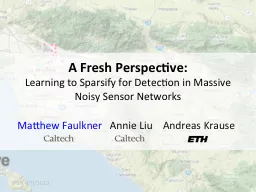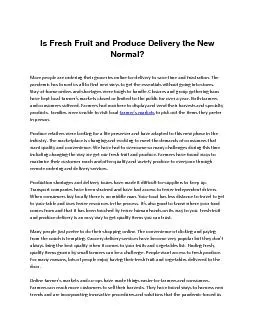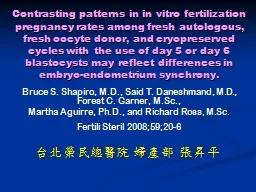PPT-A Fresh Perspective:
Author : tatyana-admore | Published Date : 2015-10-15
Learning to Sparsify for Detection in Massive Noisy Sensor Networks IPSN 492013 Matthew Faulkner Annie Liu Andreas Krause Community Sensors More than 1 Billion
Presentation Embed Code
Download Presentation
Download Presentation The PPT/PDF document "A Fresh Perspective:" is the property of its rightful owner. Permission is granted to download and print the materials on this website for personal, non-commercial use only, and to display it on your personal computer provided you do not modify the materials and that you retain all copyright notices contained in the materials. By downloading content from our website, you accept the terms of this agreement.
A Fresh Perspective:: Transcript
Download Rules Of Document
"A Fresh Perspective:"The content belongs to its owner. You may download and print it for personal use, without modification, and keep all copyright notices. By downloading, you agree to these terms.
Related Documents














